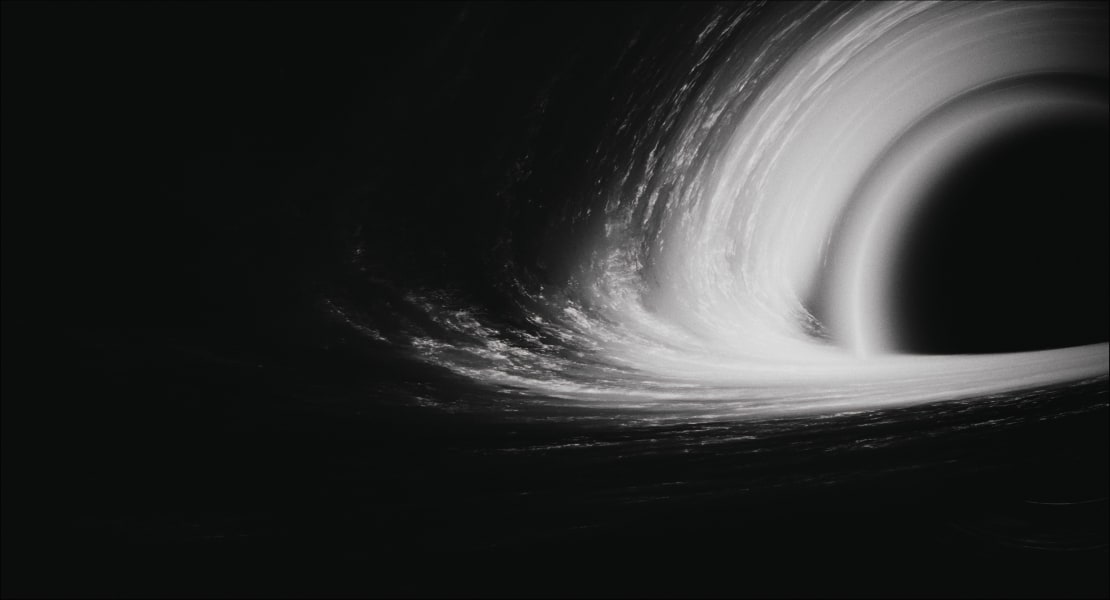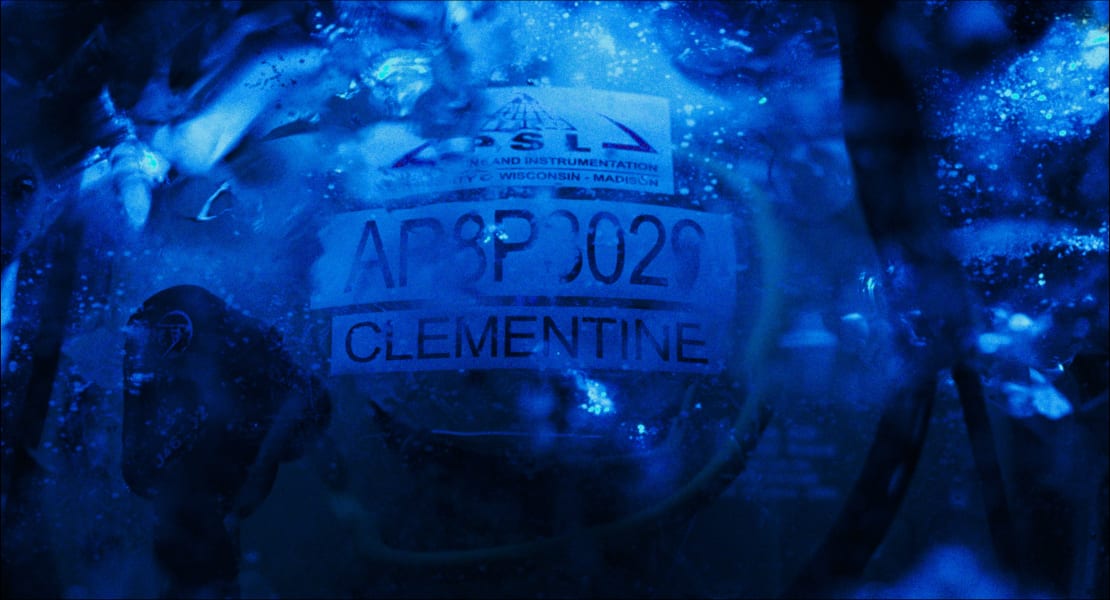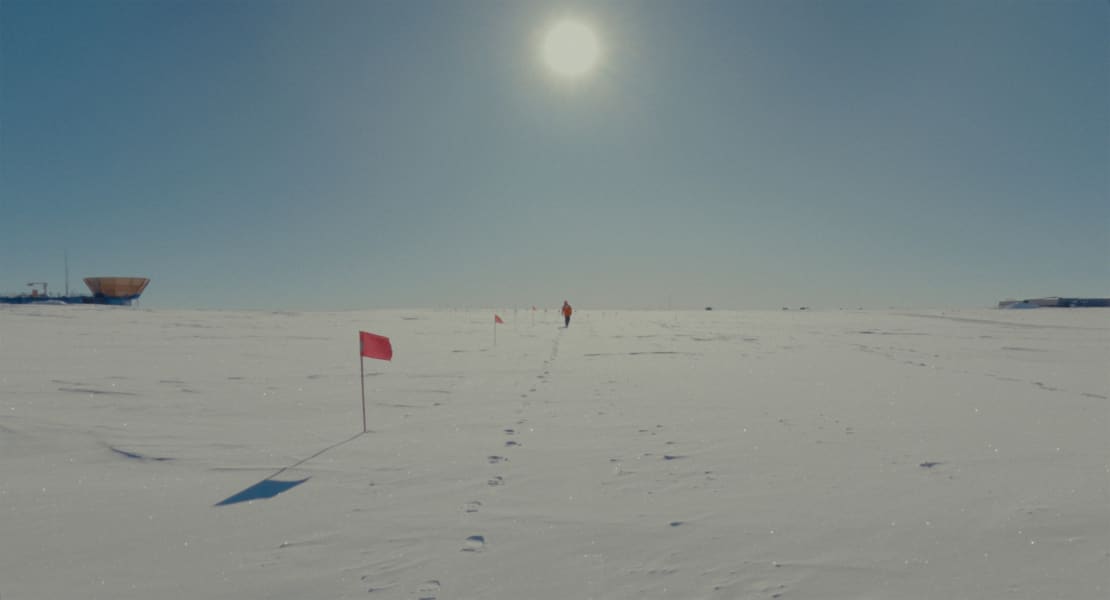
The IceCube Neutrino Observatory, a massive astroparticle physics experiment located at the South Pole, is the subject of the final chapter in a new documentary, “Messengers,” from Canadian director Jeffrey Zablotny. The film is a poetic, immersive exploration of three neutrino detectors: SNO+ in Canada, Super-Kamiokande in Japan, and IceCube at the South Pole. The film is premiering at Visions du Réel, a renowned international film festival presenting audacious and singular works that push the boundaries of documentary filmmaking. It screens April 9th and 10th in Nyon, Switzerland. The film will go on to screen at DOXA in Vancouver, Canada, in May 2025, with subsequent international dates to follow.

For the film’s South Pole segment, IceCube winterovers Kalvin Moschkau and Connor Duffy collaborated with filmmaker Jeffrey Zablotny to shoot throughout the U.S. National Science Foundation’s Amundsen-Scott South Pole Station, within the complex of tunnels beneath the station, and inside the IceCube Laboratory, depicting polar vignettes that blend the mundane with the extraordinary. Their photography required execution down to exact camera height and precise sun position, including 3D photogrammetry scans of IceCube-related spaces. The film also features previously unseen material from the collaboration’s “Sweden Camera,” a camera array that captures a spellbinding first-person descent into the prehistoric ice that makes up the cubic kilometer used by IceCube to detect neutrinos. The logistics for the film’s polar shooting were achieved with the dedicated support of IceCubers Jim Madsen, John Kelley, Matt Kauer, and Tim Bendfelt.

To reveal the hidden vastness of IceCube, the film’s animation depicts the observatory’s sensors (DOMs) from within solid ice. The images of the DOMs were recreated with meticulous detail down to individual circuit boards to create a vivid sense of scale in a completely dark, physically inaccessible environment where traditional cinematography is impossible. The film’s subterranean imagery in all three chapters sits alongside extended cosmic and subatomic sequences, accompanied by an immersive surround mix and original score from Berlin-based composer Jana Irmert.

Following the journey of neutrinos from a black hole, “Messengers” serves as a tactile meditation on human scientific endeavor, the vastness of geologic time, and the shadowy depths of the unconscious. Upcoming theatrical festival screenings can be found at the film’s official site, through 2025 and 2026, as well as on Instagram.